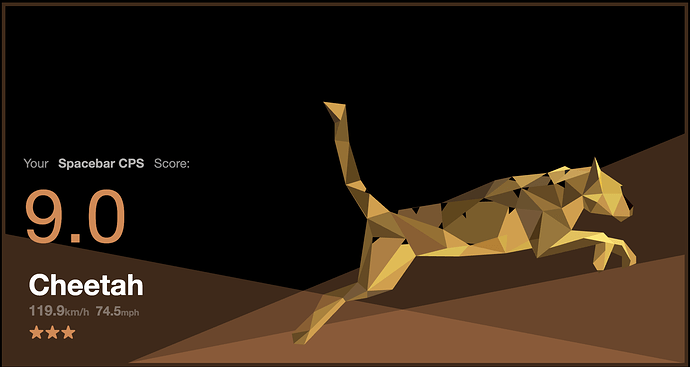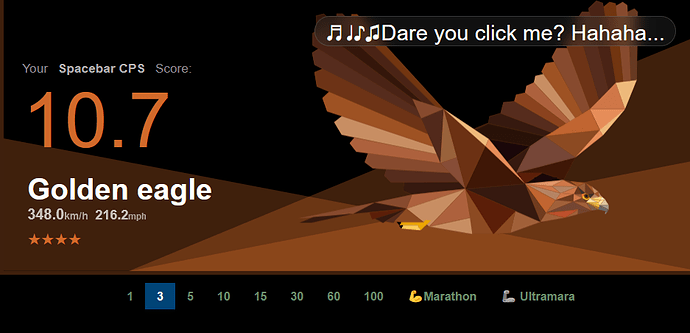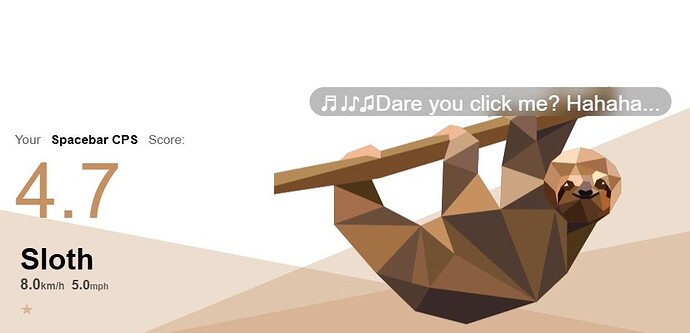I would like to understand exactly what’s going on in hyperpicking.
I’ve found that for many people hyperpicking seems to produce a relatively consistent 20ish notes per second tempo, ie 10 downstrokes per second. Similarly, in competitive gaming, roughly 10 clicks per second is about what can be expected when hyperclicking. In practical pistol, which is basically gun racing, the fastest anyone can repeatedly get splits (repeated trigger presses) tends to with remarkable regularity be 0.10. Those are also my fastest consistently repeatable tempos for each of those activities. 10/second = 10 Hz.
Here are some interesting excerpts from “Physiological and pathological tremors and rhythmic central motor control” https://doi.org/10.1093/brain/123.8.1545
“The first electrophysiological investigation of tremor seems to have been conducted by Horsley and Schafer, who found that ongoing muscle activity, whether induced voluntarily or by electrical motor tract stimulation in animal preparations, was universally characterized by superimposed 10-Hz tremulous twitches (Horsley and Schafer, 1886).”
“Finally, Vallbo and Wessberg have found that apparently smooth, slow, controlled finger movements are modulated by a motion tremor consisting of regular pulses fixed at the physiological tremor frequency of 8–10 Hz (Fig. 5) (Vallbo and Wessberg, 1993).”
“From the point of view of tremor generation, an important property of individual motor units is that they do not fire over a continuous frequency range but start firing at a minimum frequency of around 8–10 Hz (Henneman, 1979), possibly partly through the influence of spinal mechanisms such as Renshaw inhibition.”
So anyway, there’s some physiological process that dictates this frequency. It could be something neurochemical; pacemaker cells in the heart dictate frequency by leaking positively charged molecules until the difference in charge between them and their surroundings activates a switch which opens a gate and resets the balance, over and over. It could also just have to do with transmission times. The time it takes for your quadricep to contract after the doctor hits your patellar tendon with a reflex hammer, around 50ms, is dictated by conduction speed. Incidentally, it could be that hyperpicking requires two such voluntary movements per cycle, hence 1 movement per 100ms = 10Hz.
Whatever the case may about the process or architecture behind this particular speed, I think it would be interesting to take a look at what exactly the muscles of the arm are doing in hyperpicking. I hope to do an electromyographic study for this purpose and would like to do a write-up, hypothesizing that hyper movements are essentially a voluntary and controlled form of what’s called an isometric tremor, ie the kind of shakes you get when straining against an immovable object. Does it feel like that to you? If not, what does it feel like?
Do any of you have any thoughts on this or on hyperpicking in general? What’s your best recorded speed? What’s your comfortable tempo when hyperpicking for more than 5s or so? Can you hyperclick? Spacebar Test - Check out how fast can you press the spacebar
Is there anything else you want to know?
Thanks to anyone who takes the time to read this! More to follow.









